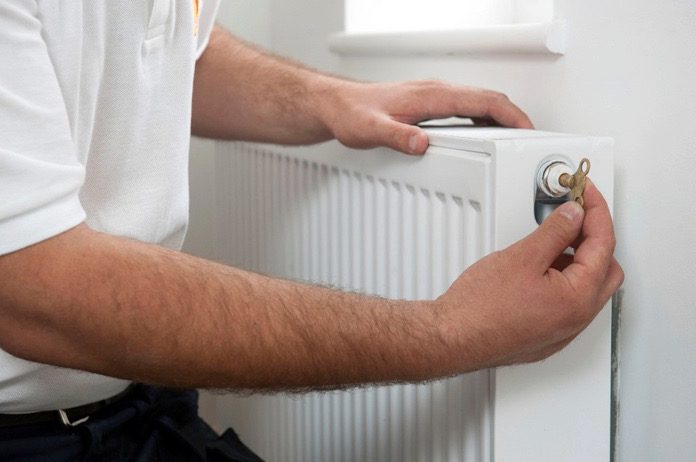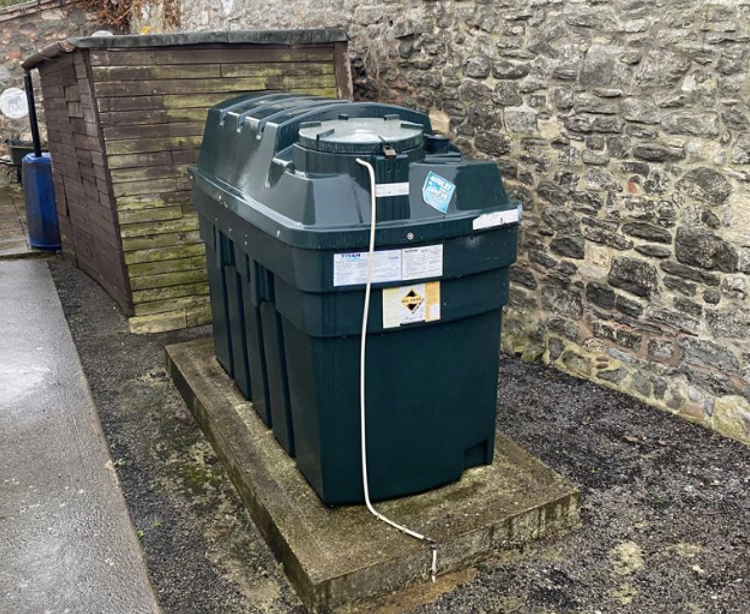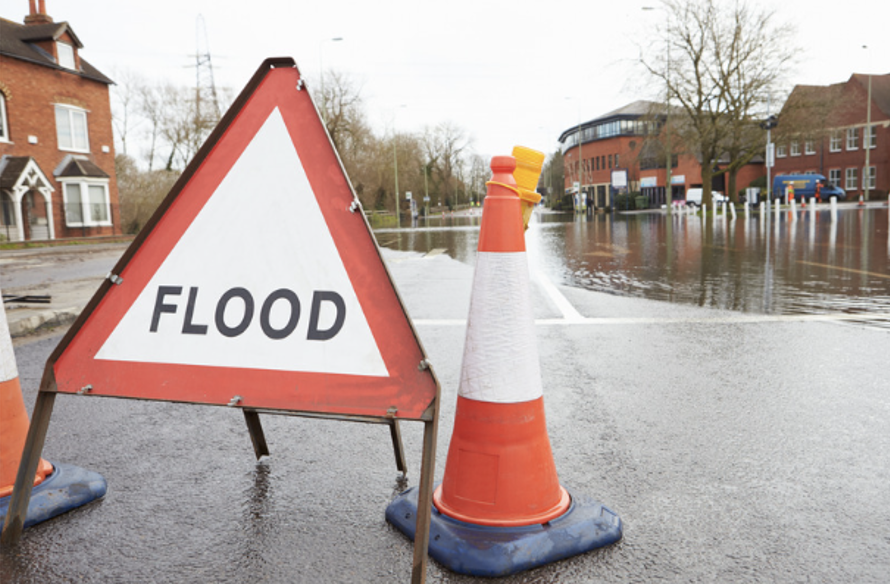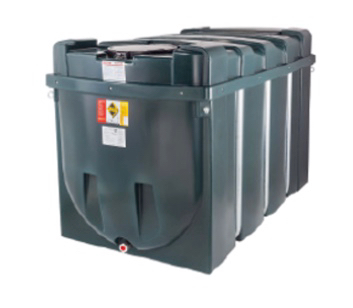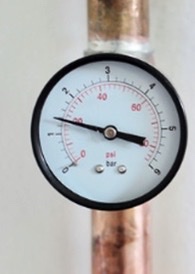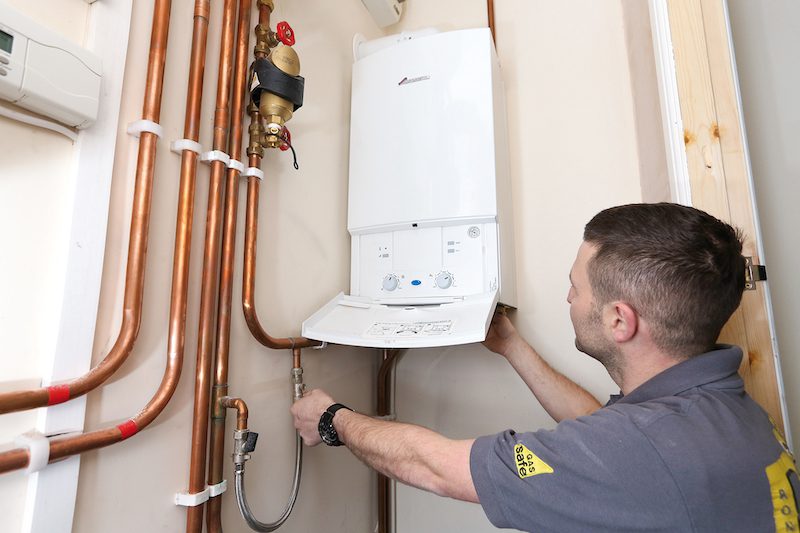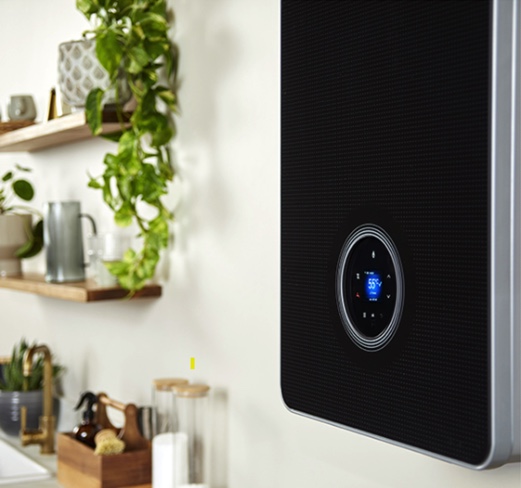WHY IS MY RADIATOR COLD?
If your radiators aren’t heating up as efficiently as they should be, you may wake up to find that you are feeling a bit chilly. Below are 3 common reasons why your radiators are not working as they should:
Radiator is cold at the bottom
When your radiator is cold at the bottom, it’s likely that there is a debris blockage such as sludge, rust or other bits that is restricting the flow of hot water to the whole radiator. The metal that the pipes are made of can begin to disintegrate because they’re constantly subjected to oxygen and water causing rust which breaks off and can travel around the radiators and pipework. Generally, a radiator that is warm at the top but cold at the bottom suggests that the hot water can flow into the radiator but is getting stuck somewhere in the middle.
Why is one radiator cold when the heating is on?
One cold radiator usually indicates that either there is air in the system or there is a stuck valve within that radiator. The thermostatic radiator valve (TRV) controls the flow of hot water to the radiator. It can seize and get stuck, meaning that it cannot open to allow the hot water in when the heating is on particularly in older radiators.
To check if the valve is stuck, you can remove the rotatable head on the TRV to reveal a raised pin beneath it. You should be able to depress the pin with your finger. When you release the pressure, the pin should rise back up again. If the pin is already depressed or doesn’t move very easily, then this is more than likely your problem.
You can try to free the pin yourself using some pliers and grease until you can move it in and out with ease but do not apply excessive force as this may damage the pin.
Bleeding Radiators – Air in the system
There could be air in the system that’s causing one radiator to remain cold. There is a technique called radiator ‘bleeding’ which can easily remove air in the radiator by following the easy steps below:
- Fully open all radiator thermostats and run the heating at full temperature for 10 to 15 minutes with all radiators on
- Turn the circulation pump off and wait until radiators are cool (around half an hour to an hour)
- Bleed the radiator nearest the boiler using a bleed key or screwdriver until water comes out
- Repeat this for each radiator
- Turn on the boiler and check the water pressure.
If you’ve tried to do any number of the above, but you’re still experiencing cold radiators check your boiler or heat pump is working properly. If you are unsure how to execute any of the advice above, contact your local heating engineer for professional and expert advice.
